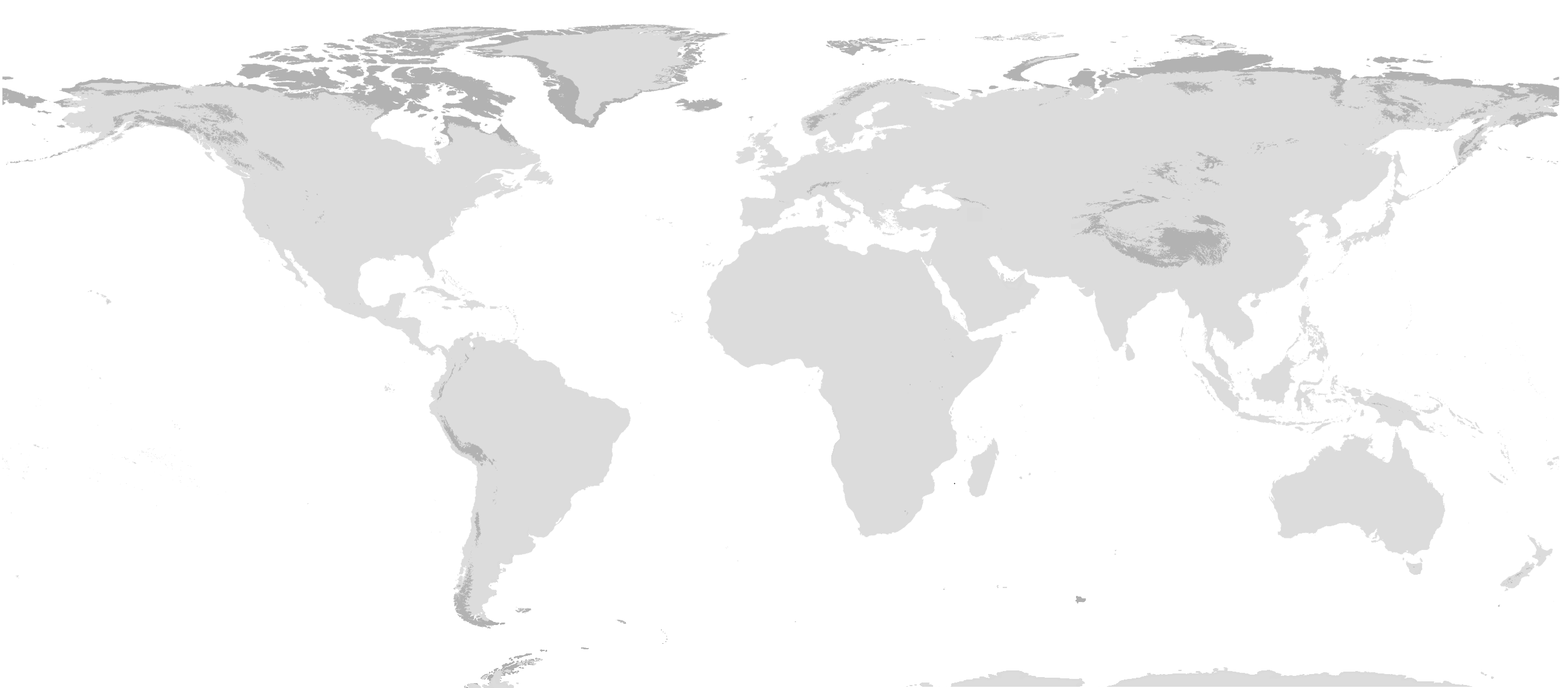Tundra Climate on:
[Wikipedia]
[Google]
[Amazon]
 The tundra climate is a
The tundra climate is a
 The tundra climate is a
The tundra climate is a polar climate
The polar climate regions are characterized by a lack of warm summers but with varying winters. Every month in a polar climate has an average temperature of less than . Regions with polar climate cover more than 20% of the Earth's area. Most of ...
sub-type located in high latitudes and high mountains. undra climate https://www.britannica.com/science/tundra-climateThe Editors of Encyclopaedia Britannica, 2019 It is classified as ET according to Köppen climate classification. It is a climate which at least one month has an average temperature high enough to melt snow (), but no month with an average temperature in excess of .
Despite the potential diversity of climates in the ''ET'' category involving precipitation, extreme temperatures, and relative wet and dry seasons, this category is rarely subdivided. Rainfall and snowfall are generally slight due to the low vapor pressure of water in the chilly atmosphere, but as a rule potential evapotranspiration is extremely low, allowing soggy terrain of swamps and bogs even in places that get precipitation typical of deserts of lower and middle latitudes. The amount of native tundra biomass depends more on the local temperature than the amount of precipitation.
There also exists an oceanic variety of the tundra climate with cool to mild winters (the coldest month averaging around 0°C) which borders the subpolar climate (Cfc) and is found in parts of Iceland, the Aleutian Islands and most predominantly on subantarctic islands.
See also
*Polar climate
The polar climate regions are characterized by a lack of warm summers but with varying winters. Every month in a polar climate has an average temperature of less than . Regions with polar climate cover more than 20% of the Earth's area. Most of ...
* Köppen climate classification
References
{{Köppen Climate Köppen climate types